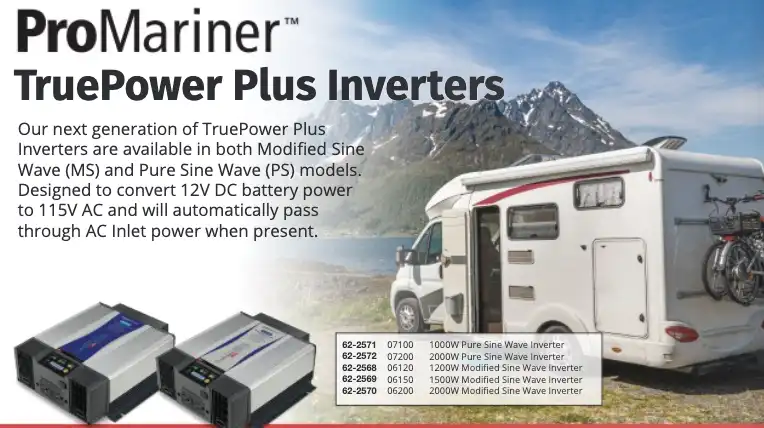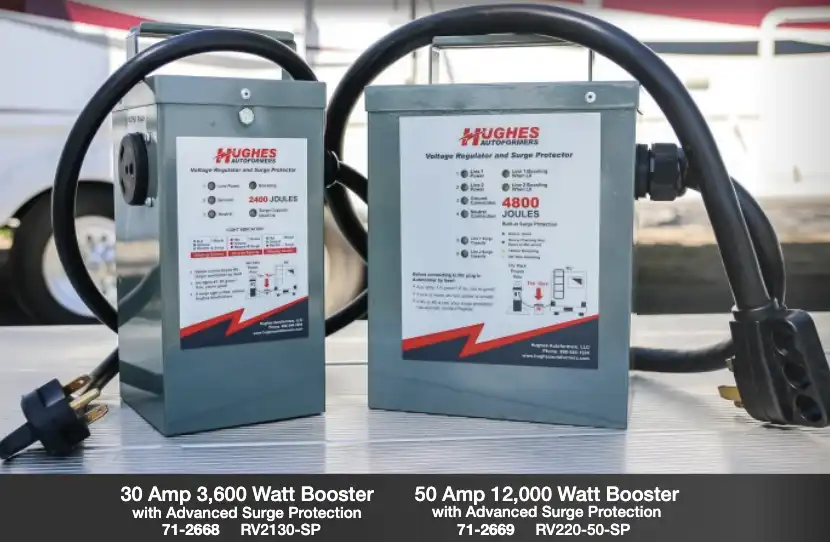If you’re anything like me, hitting the road in your RV is the ultimate freedom. No schedules, no strict itineraries, just the open road and the comforts of home right there with you. But here’s the kicker: none of that freedom happens without reliable electrical systems. In my experience, the difference between a smooth trip and a frustrating one often comes down to having the right RV electrical equipment.
When we first got our RV, I didn’t realize just how critical a solid electrical setup was. After a few hiccups (like tripping a breaker in the middle of nowhere), I learned my lesson the hard way. Now, I want to save you from those same mistakes.

Below is a list of essential RV electrical must-haves to ensure your RV adventure is powered up and stress-free.
1. Automatic Transfer Switch (ATS)
This is one of the first electrical upgrades we made. An Automatic Transfer Switch (ATS) is a game-changer, especially if you use a generator or solar panels as a backup power source. The ATS automatically switches between shore power (power supplied from an external source, like an RV park hookup) and the backup power source without you lifting a finger. Trust me, it’s a must-have if you don’t want to be fumbling around with plugs in the dark or during a storm.
Why You Need It:
- You won’t have to manually change power sources when switching from shore power to generator or solar.
- It protects your RV’s electrical system from power surges during transitions.
Tips:
- Make sure you install a quality ATS that supports the wattage and voltage your RV runs on. If you’ve got a larger RV with a lot of appliances, you’ll need a higher capacity switch.
- Look for an ATS with built-in surge protection to avoid needing a separate unit.
When to Change:
- If you notice flickering lights or inconsistent power switches, your ATS might need a replacement. Also, regular checkups to ensure it’s properly switching between power sources can save you a lot of headaches down the road.

2. Deck-Mount Converter/Charger
When you’re living the RV life, your electrical system needs to do two key things: power your 12-volt system (lights, water pump, etc.) and charge your RV’s batteries. That’s where a deck-mount converter/charger comes in handy. It converts 120-volt AC power (the kind from a campground hookup) to 12-volt DC power (which your RV appliances need), while also charging your batteries.
Why You Need It:
- It ensures your RV’s 12-volt system stays powered up while also maintaining your batteries at optimal charge.
- Modern chargers have multi-stage charging, meaning they help prolong battery life by reducing overcharging and undercharging issues.
Tips:
- If you’re parked at a site with electrical hookups for an extended period, your converter/charger will keep the lights on and appliances running, while simultaneously charging the batteries for when you’re boondocking.
- Check for models with a quiet fan system. Some chargers can be quite noisy, which can get annoying, especially at night.
When to Change:
- If your batteries aren’t holding a charge, or you notice your 12-volt system acting up, it could be a sign your converter is on its last legs. You may also hear strange noises or notice overheating – clear signs it’s time for a replacement.
3. Portable Surge Protectors
Imagine this: you’re enjoying a nice evening at your campsite, only to have a sudden power surge fry your RV’s electronics. This happened to us once, and trust me, it’s not fun. That’s when I realized how crucial a portable surge protector is.
Why You Need It:
- A surge protector guards your RV from dangerous power spikes, which can occur when connecting to an inconsistent power source at a campground or even during storms.
Tips:
- Opt for a surge protector with an electrical management system (EMS). EMS models not only protect against surges but also handle issues like low voltage, reverse polarity, and open neutral connections.
- Choose a portable unit that you can plug directly into the campground’s pedestal, or go for a hard-wired version for convenience.
When to Change:
- If your surge protector has absorbed several large surges or starts to show warning lights or error codes, it might be time for a replacement. Always keep an eye on the LED indicators if your model has them.

4. Propane Tanks & Accessories
You might be wondering what propane has to do with your RV’s electrical setup, but the two systems actually work hand-in-hand, especially if you use a propane generator or gas appliances like stoves and water heaters. Having a reliable propane supply and accessories like gauges and regulators is essential.
Why You Need It:
- Propane can power your RV fridge, heater, and even some lighting, providing backup in case your electrical system fails.
Tips:
- Make sure your propane tanks are properly secured and in good working condition. You don’t want leaks or malfunctions on the road.
- Invest in a propane gauge, so you’re never caught off guard with an empty tank. Many RVers also swear by propane tank monitoring systems that connect to your smartphone.
When to Change:
- Propane tanks should be inspected regularly. If there’s rust, or you notice any strange smells, it’s time to replace. Additionally, replace regulators every 5-7 years or sooner if you notice irregular pressure.

5. Extension Cords
I quickly learned that the standard RV power cords don’t always reach the campground’s power pedestal. That’s where a heavy-duty extension cord specifically rated for RVs comes in.
Why You Need It:
- RV extension cords help bridge the gap when your main power cord is too short to connect to shore power.
Tips:
- Ensure the extension cord is the right gauge for your RV’s power needs. For most RVs, that’s 10-gauge or lower (the lower the number, the thicker and more capable the cord is).
- Look for a weather-resistant and well-insulated cord. Outdoor environments can be rough on electrical equipment, so don’t skimp on quality here.
When to Change:
- If you see any wear or tear in the insulation, it’s time to swap out your cord. Also, check for corrosion on the plugs, which can be a fire hazard.

6. RV Power Cords
Alongside your extension cords, you’ll want a reliable RV power cord for connecting directly to shore power. This isn’t the place to cut corners since a poor-quality power cord can leave you with tripped breakers or worse, a melted cord.
Why You Need It:
- A good RV power cord provides the safe connection you need between your RV and the campground’s electrical pedestal.
Tips:
- Make sure your power cord matches your RV’s power requirements. If you have a 50-amp RV, you’ll need a cord that can handle that load. For smaller RVs with 30-amp systems, ensure the cord is rated accordingly.
- I also recommend investing in an adapter (dogbone adapter) for connecting to different amperage outlets. This comes in handy if you find yourself at a campsite with different power options.
When to Change:
- If your cord shows any signs of wear, such as frayed wiring or corrosion on the prongs, replace it immediately. It’s not worth risking an electrical fire for a cheap cord.

Conclusion: Power Up for the Long Haul
Taking care of your RV’s electrical system isn’t just about convenience; it’s about safety and longevity for your rig. By investing in quality electrical components like automatic transfer switches, surge protectors, and the right cords, you’re setting yourself up for smooth adventures without the worry of electrical failures.
I learned the importance of having these must-haves the hard way. After experiencing a few power mishaps, I now make sure our RV is properly equipped before hitting the road. Don’t wait until you’re stranded with no power in the middle of nowhere—get your RV powered up and ready for whatever the road throws at you!
With these tips and tricks, I hope you’re ready to tackle your next RV trip, fully powered and stress-free. Safe travels, and may your adventures be long and electrifying!

